 Lloyd Wescoat, Lake Superior Stewardship Initiative co-stewardship project advisor, uses a floor map to introduce facts about Lake Superior to CLK Elementary students. (Photos by Keweenaw Now)
Lloyd Wescoat, Lake Superior Stewardship Initiative co-stewardship project advisor, uses a floor map to introduce facts about Lake Superior to CLK Elementary students. (Photos by Keweenaw Now)This special event was part of CLK’s Lake Superior Stewardship Initiative Heritage Garden project and the school’s month-long celebration of Earth Month, "3LK at CLK: Living, Learning and Loving the Keweenaw."
Auer's research at Michigan Tech focuses on modeling of Great Lakes and inland waters and field monitoring and laboratory studies related to water quality modeling and management. He is familiar to many in the Keweenaw for his work with Michigan Tech’s research vessel, the Agassiz, bringing people to the water and the water to people in the Lake Superior basin. Each year, Auer and colleagues host hundreds of K-12 students aboard the R/V Agassiz, where they learn how scientists study the Great Lakes.
 Aboard the Agassiz in July 2007, a curious young science student observes samples from the bottom of Portage Lake as Michigan Tech Professor Martin Auer explains some of the organisms on the slide. (Keweenaw Now file photo)
Aboard the Agassiz in July 2007, a curious young science student observes samples from the bottom of Portage Lake as Michigan Tech Professor Martin Auer explains some of the organisms on the slide. (Keweenaw Now file photo)Students in each grade level had a chance to spend 55 minutes at the following stations with hands-on activities led by presenters in Prof. Auer's team:
Station 1: Lake Superior: Big, Deep, Cold, Beautiful (Lloyd Wescoat)
Station 2 Riding the Waves: Equipment (Erica Jones) On Board the Research Vessel (Dr. Auer)
Station 3 Lake Superior - Plankton: The Garden of Eatin' (Rasika Gawde)
Station 4 Lake Superior - Fish: Who Eats Who? (Sue Larson and Renn Lambert)
Fifth grade students from writing teacher Melissa Schneiderhan's classes contributed essays describing what they learned. Here are some excerpts from the fifth graders' writing along with our photos of the first grade and kindergarten students. Captions are courtesy Barbara Kinnunen, CLK kindergarten teacher.
 Dr. Martin Auer, Michigan Tech professor of civil and environmental engineering, shows a video of life on the research boat Agassiz to CLK Elementary students, Julie Giachino, kindergarten teacher (standing), and Helen Corey, Best Start assistant. "He talked about how they were on the boat for seven days, showed the equipment used, the living quarters, the weather conditions," says kindergarten teacher Barbara Kinnunen. "The big hit of the video was when Dr. Auer showed them the waves crashing up and hitting the front of boat -- the footage was from inside the boat from the captain's viewpoint. Dr. Auer got them very excited and would oooh and aahhh louder than the children. This was my class's first station and they got so excited and interested! It was great!"
Dr. Martin Auer, Michigan Tech professor of civil and environmental engineering, shows a video of life on the research boat Agassiz to CLK Elementary students, Julie Giachino, kindergarten teacher (standing), and Helen Corey, Best Start assistant. "He talked about how they were on the boat for seven days, showed the equipment used, the living quarters, the weather conditions," says kindergarten teacher Barbara Kinnunen. "The big hit of the video was when Dr. Auer showed them the waves crashing up and hitting the front of boat -- the footage was from inside the boat from the captain's viewpoint. Dr. Auer got them very excited and would oooh and aahhh louder than the children. This was my class's first station and they got so excited and interested! It was great!"From Jenna Kivela-Heinz:
"At Dr. Auer's presentation this morning, I learned that Lake Superior is 1,332 feet deep! I also learned that about 65,500 Torch Lakes can fit into Lake Superior! That's one big lake! I learned so much I can't write it all down on paper.
"My favorite station had to be the station that had microscopic plankton and bugs under a microscope. I thought it was so cool and interesting to see live plankton on a screen that no human eye would be able to spot on its own."
From David Haapala:
"On the Agassiz they study four things: water, sediment, fish, plankton. When they're catching the plankton they use nets with holes that are 1,000,000th of an inch."
 Students take turns looking at tiny creatures under the microscope, assisted by Rasika Gawde of Prof. Auer's team. "The children were able to each look into the microscope and see actual plankton," Kinnunen writes. "They had to stand on a chair to do so -- that's how big this microscope was. They appeared to be absolutely awed by what their eyes were seeing. As one of the children leaned towards the microscope, she said, 'Look at me! I'm a scientist!'"
Students take turns looking at tiny creatures under the microscope, assisted by Rasika Gawde of Prof. Auer's team. "The children were able to each look into the microscope and see actual plankton," Kinnunen writes. "They had to stand on a chair to do so -- that's how big this microscope was. They appeared to be absolutely awed by what their eyes were seeing. As one of the children leaned towards the microscope, she said, 'Look at me! I'm a scientist!'"From Allison Spence:
"Then (Dr. Auer) showed us how they use bottles that look like oxygen tanks to get water samples from the bottom of the Lake. A lady named Erica showed us how they use a special special claw to take sediment from the lake floor."
 Erica Jones demonstrates equipment from the Agassiz research boat. Kinnunen writes, "She showed the equipment used for taking mud samples. The children loved this part. She showed them how the container opens at impact, seals off and then is opened again to extract the sample. It was quite loud and dramatic. She even let the children, with her help, open and close the hinges of the equipment. They could have stayed there all day. The last part of this station was seeing the equipment used to collect water samples. She climbed up on a ladder (again, the children loved this part) and showed how it is dropped in to the water and how the canister opens and closes and then how to empty the contents in to bottles afterwards."
Erica Jones demonstrates equipment from the Agassiz research boat. Kinnunen writes, "She showed the equipment used for taking mud samples. The children loved this part. She showed them how the container opens at impact, seals off and then is opened again to extract the sample. It was quite loud and dramatic. She even let the children, with her help, open and close the hinges of the equipment. They could have stayed there all day. The last part of this station was seeing the equipment used to collect water samples. She climbed up on a ladder (again, the children loved this part) and showed how it is dropped in to the water and how the canister opens and closes and then how to empty the contents in to bottles afterwards."From Amara Berg:
"Did you know Lake Superior is usually 40 degrees Farenheit? the food chain goes like this: phytoplankton <---- zooplankton <---- little fish <---- big fish <---- you."
From Amber Johnson:
"We eat big fish that eat little fish. They eat zooplankton that eat phytoplankton. The usual water temperature for Lake Superior is 40 degrees F. In a boat on Lake Superior you can see about twenty feet down. On a boat on Torch Lake you can see about six feet down. That's how clean Lake Superior is!"
 Kindergarten children are asked to put their hands into a large tank of water and experience how cold Lake Superior is. "That also got quite the effect!" Kinnunen says.
Kindergarten children are asked to put their hands into a large tank of water and experience how cold Lake Superior is. "That also got quite the effect!" Kinnunen says.From David Haapala:
"There was another station that was cool. It was a station where a scientist dissected a fish's stomach so we could see what it ate. In that station we also learned about a food chain."
From Jenna Kivela-Heinz:
"I didn't really have a least favorite activity, but if I had to choose, it would be the station with fish guts. The guy dissected the stomach of a lake trout and showed us the dead fish inside. It was interesting, sort of, but I have a weak stomach and the smell was AWFUL!!!"
From Amara Berg:
"I didn't like the fish guts station. It was so ... gross! It didn't smell good either! There were a kind of bigger fish and a really small one too."
From Warren Torola:
"My favorite station was where a scientist was opening up the stomach of a trout so we could see what it had eaten. It smelled very strongly of fish, which isn't unusual. He also showed us how the Lake Superior food chain goes from sun and nutrients to phytoplankton to zooplankton, then the small fish eat them and the big fish then eat the small fish and are eaten by us."
 Sue Larson dissects fish to teach children about the food chain in Lake Superior.
Sue Larson dissects fish to teach children about the food chain in Lake Superior.From Amara Berg:
"My favorite station was when we learned about how many Torch Lakes fit in Lake Superior and how deep Lake Superior is. We learned about lots of things. We also learned a cheer."
 Carrie Molloy, kindergarten Best Start assistant, leads students in a cheer about Lake Superior: "The lake is BIG, the lake is DEEP, the lake is COLD, the lake is BEAUTIFUL!!!!" Kindergarten teacher Barb Kinnunen notes the children continued to repeat the cheer later in the school day and even in days following.
Carrie Molloy, kindergarten Best Start assistant, leads students in a cheer about Lake Superior: "The lake is BIG, the lake is DEEP, the lake is COLD, the lake is BEAUTIFUL!!!!" Kindergarten teacher Barb Kinnunen notes the children continued to repeat the cheer later in the school day and even in days following. From Warren Torola:
"At the program with Dr. Auer, we learned that Lake Superior is, at its deepest point, 1,332 feet deep, which is ten of the smoke stack outside our school stacked up. The smokestack is 149 feet tall so it's very hard to imagine what ten of it stacked up would be like.
 Lloyd Wescoat uses her fingers to represent the smokestack multiplied ten times to represent the depth of Lake Superior. Pictured at right is kindergarten teacher Mandy Galetto. "(Lloyd Wescoat) gave them some information about the lake and when she got to the depth part she opened the side door, showed the children the smoke stack across the street and told them that the depth is approximately 10 of those stacked on top of each other. The children 'OOOHHED' as they tried to picture this in their heads. To emphasize her meaning she used her fingers to represent the stack and moved it up 10 times," kindergarten teacher Barbara Kinnunen writes.
Lloyd Wescoat uses her fingers to represent the smokestack multiplied ten times to represent the depth of Lake Superior. Pictured at right is kindergarten teacher Mandy Galetto. "(Lloyd Wescoat) gave them some information about the lake and when she got to the depth part she opened the side door, showed the children the smoke stack across the street and told them that the depth is approximately 10 of those stacked on top of each other. The children 'OOOHHED' as they tried to picture this in their heads. To emphasize her meaning she used her fingers to represent the stack and moved it up 10 times," kindergarten teacher Barbara Kinnunen writes. "Dr. Auer and his graduate students helped bring Lake Superior to over 700 students this week and we are so very thankful," said Lloyd Wescoat.
Other CLK fifth-grade teachers who participated in the program were Julie Fenton, Amy Hakala, and Jody Sever.
The Lake Superior Stewardship Initiative (LSSI) connects schools and communities in the stewardship of Lake Superior and its watershed. The Initiative is one of eight hubs statewide that are part of the Great Lakes Stewardship Initiative, with support from the Great Lakes Fishery Trust and the Wege Foundation.
LSSI will hold a Celebration and Sharing from 6:30 p.m. - 8:30 p.m., Monday, May 9, on the two floors of Michigan Tech’s Forestry Building. The public is invited to
attend. Click here for details.









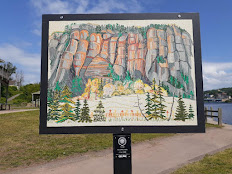





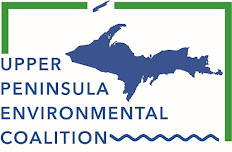
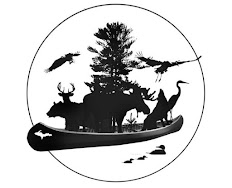
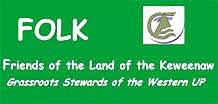
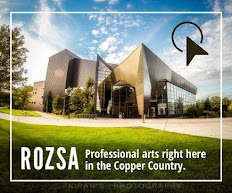


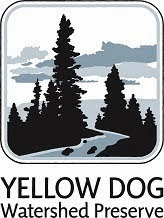

























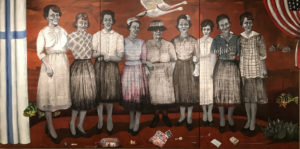
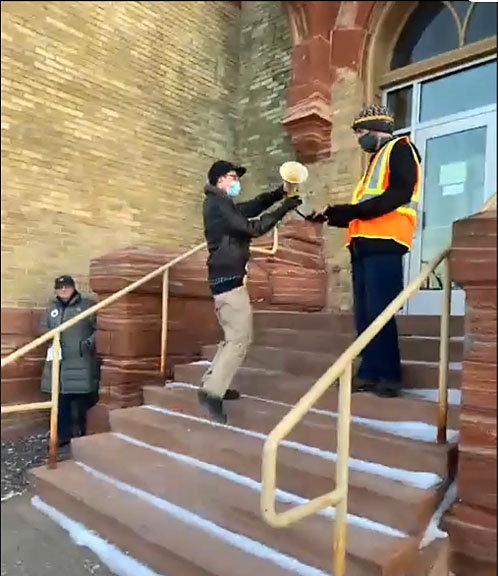




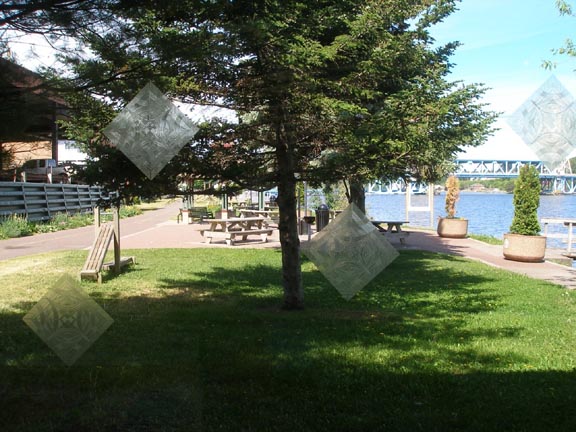







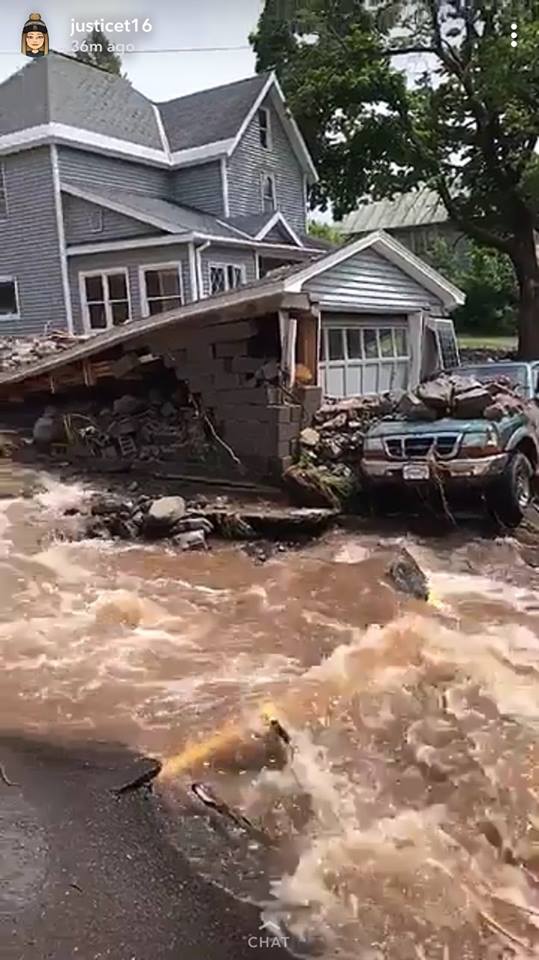

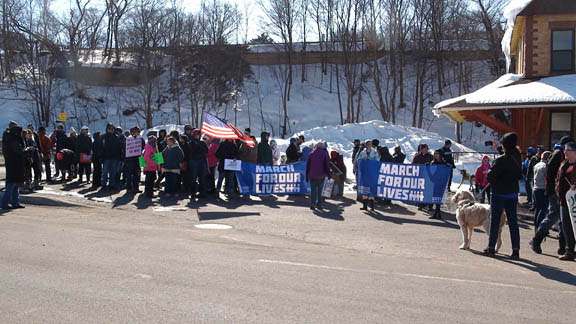
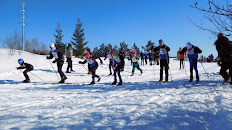

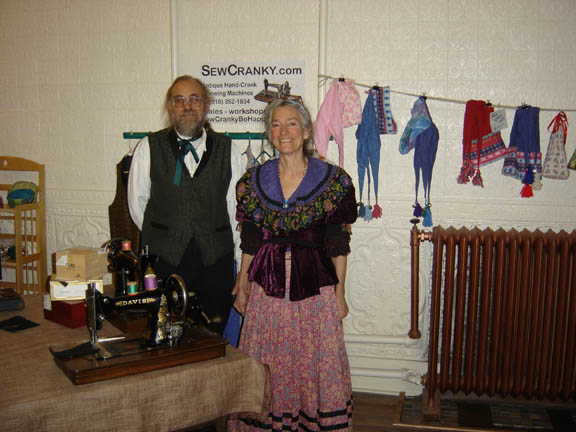
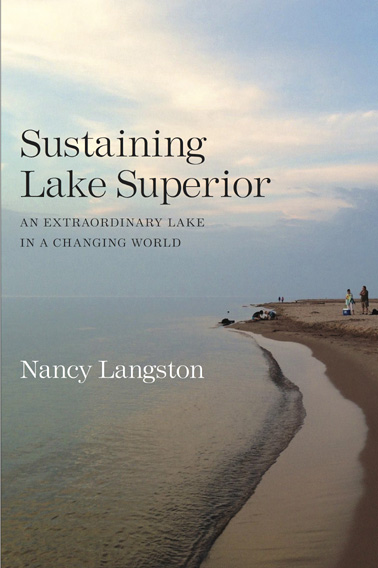








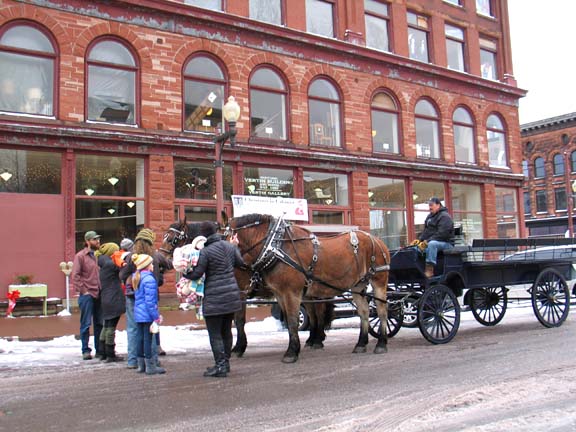

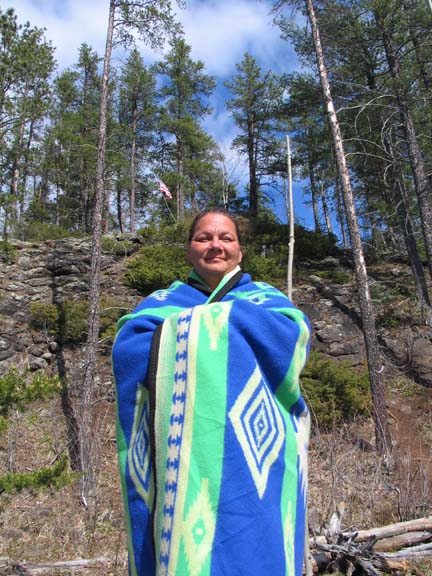


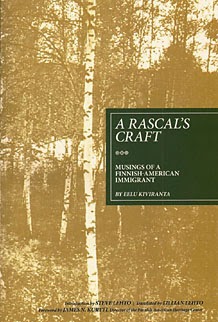






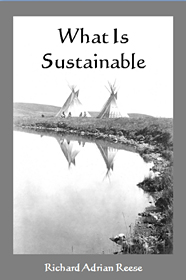


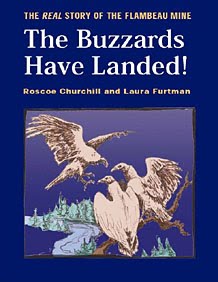






No comments:
Post a Comment